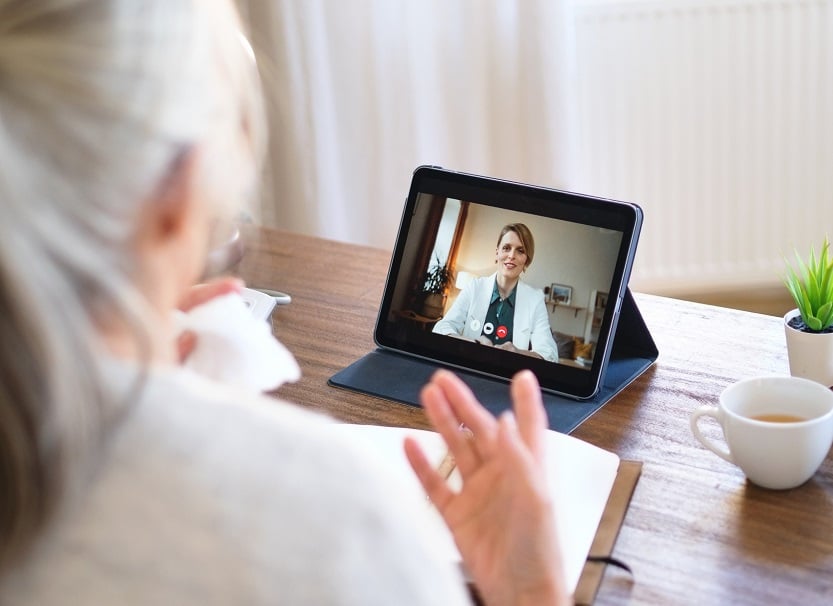
Healthcare Providers Laud Remote Monitoring as Medicare Contractors Look Forward

This week, U.S. healthcare providers met with a Medicare reimbursement panel to discuss remote patient monitoring, remote therapeutic monitoring, and considerations for determining reimbursement. Jon Zucker, Meenakshi Datta, and Sama Kahook analyze some key themes.
The COVID-19 pandemic highlighted how invaluable the tools of remote patient monitoring (RPM) — also known as remote physiologic monitoring — and remote therapeutic monitoring (RTM) are in the delivery of healthcare. The recognized value of RPM and RTM continues to fuel the demand for these technologies from healthcare providers and patients. Over the last two years, this has resulted in increased innovation and investment in the field and an increase in the overall use of the technologies. Healthcare providers, investors, and innovators are also working furiously on models aimed at making RPM and RTM both accessible and commercially viable.
RPM and RTM services allow healthcare providers to monitor their patients remotely via the transmission of data. They differ from each other in the types of data transmitted, the method of transmission, and the type of providers that are permitted — in the U.S. — to prescribe their use for remote monitoring. RPM reports physiological data, such as blood pressure and glucose levels, in real time or at periodic intervals. RTM, however, monitors non-physiological data, such as inhaler sensors and range of motion devices, and is used to ensure therapy adherence and to monitor responses to therapies. Another feature of RTM is that patients can use it to self-report non-physiological data.
Last November, the U.S. Centers for Medicare and Medicaid Services (CMS) finalized new billing codes and reimbursement processes for certain RPM and RTM services. And on February 28, a group of Medicare Administrator Contractors (MACs) hosted a public multi-jurisdictional contractor advisory committee (CAC) meeting — a forum that connects MACs and subject matter experts within the healthcare community to provide input before a coverage determination is established — to discuss the role of RPM and RTM in patient care.
The meeting provided a valuable snapshot of the current state of RPM and RTM usage in U.S. healthcare as a precursor to the MACs considering whether to establish a local coverage determination for the reimbursement of RPM and RTM. At the meeting, healthcare providers and experts shared both anecdotal observations and published case studies about the impact of the use of RPM and/or RTM in varying patient populations. Key themes that emerged from the meeting included:
- RPM and RTM are flexibly and widely used throughout the healthcare industry, not only between specialties but within specialties. RPM and RTM aid the diagnosis and management of conditions, including sleep apnea, diabetes, and substance abuse disorders.
- Since RTM and RPM close the gap of care between routine appointments, their use reduces overall costs to federal healthcare programs. This permits healthcare providers to identify opportunities for early intervention, thereby reducing the number of emergency room visits and preventing the worsening of chronic conditions.
- RPM and RTM promote and advance health equity, including by ensuring continued coverage for vulnerable patient populations.
- Partnerships between healthcare providers and software vendors serve as a key component for the success of RPM and RTM efforts.
- MAC coverage determinations relating to RTM and RPM are likely to have a domino effect across other third-party payors.
This post is as of the posting date stated above. Sidley Austin LLP assumes no duty to update this post or post about any subsequent developments having a bearing on this post.

